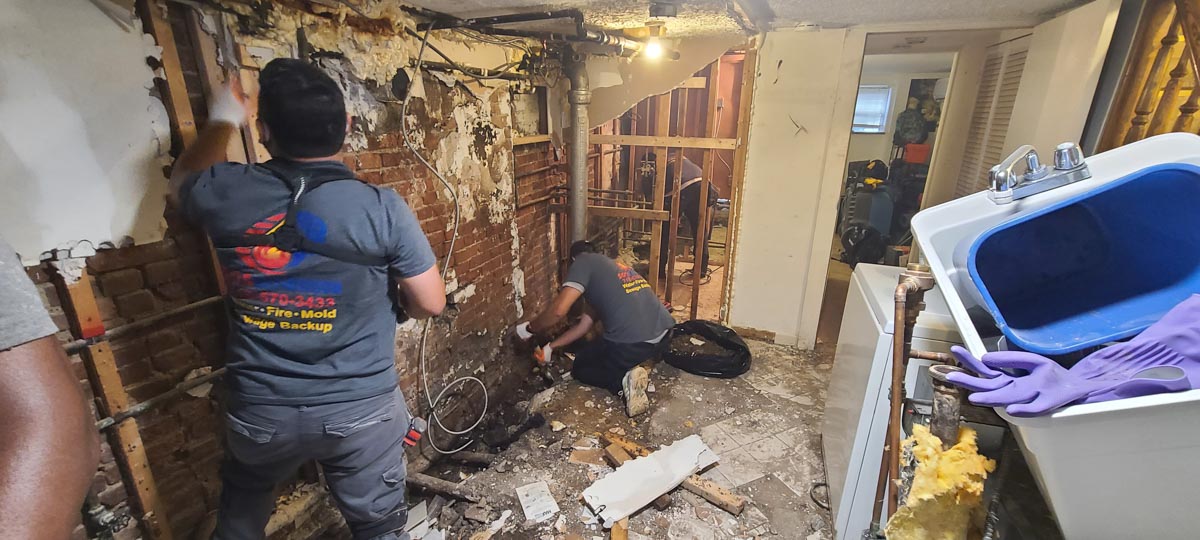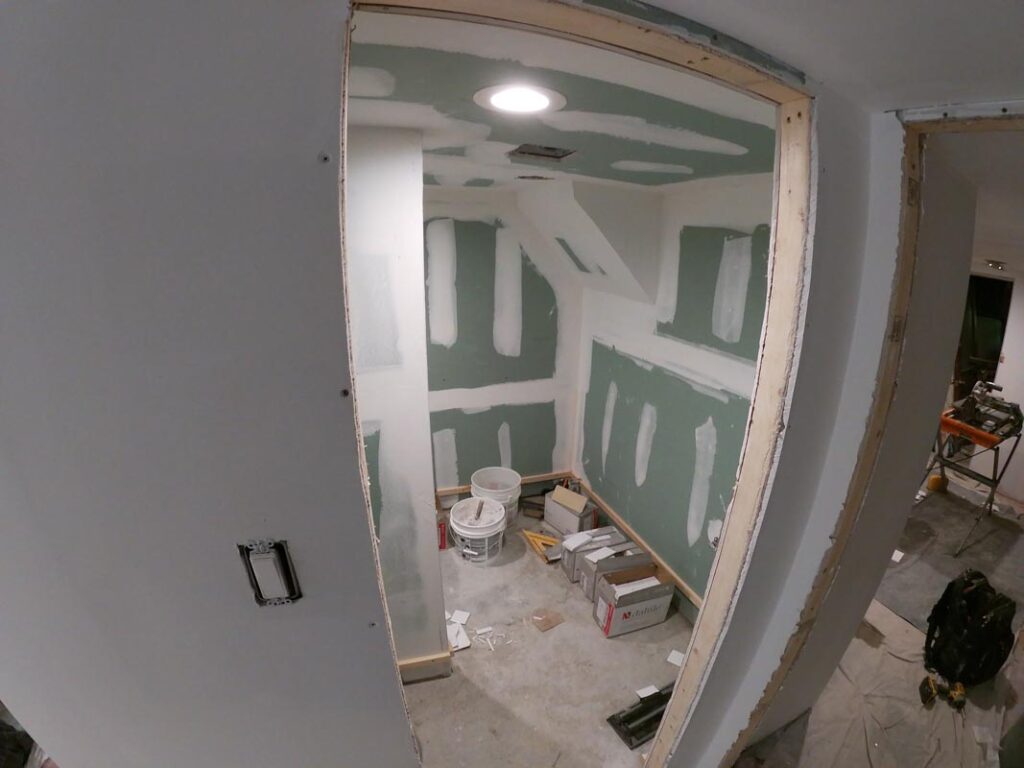Preventing Basement Water Damage in Long Island: Tips and Services
Preventing Basement Water Damage in Long Island: Tips and Services
Blog Article
Basement water damage is a increasing concern for a lot of homeowners, particularly in places prone to major rainfall and flooding like Long Island. A damp, flooded, or broken basement not merely influences the structural reliability of your home but also can lead to extreme health threats due to mold growth and poor interior air quality. Working rapidly and taking targeted measures to deal with water damage is critical. Here's a step-by-step break down of how to deal with Basement flooding repair near me both effortlessly and efficiently.
Understanding the Scope of the Damage
Long Area usually activities large rainfall, with certain areas saving over 40 inches annually. These damp situations end in increased basement flooding incidents, specially in houses with poor drainage systems or ageing waterproofing. Identifying the foundation of the water is key. Common culprits include faulty sump pumps, chips in cellar surfaces or foundations, or backed-up gutters and drainage systems.
Start by assessing how intensive the water intrusion is. Is it limited by a damp plot on the wall, or has the water pooled across the ground? Taking the damage through photographs or videos can be ideal for insurance statements if necessary.

Remove Excess Water Quickly
Once you've assessed the situation, removing position water should be your immediate priority. The lengthier water rests in your attic, the bigger the chance of mold development and more structural damage. If there's significant flooding, professional-grade pushes may extract the water more effectively. For smaller puddles, mops, towels, or shop vacuums can assist with quick water removal.
According to recent studies, form can begin growing within 24-48 hours of water coverage in moist environments. That makes immediate activity necessary to mitigate potential health hazards.
Drying and Dehumidifying the Basement
After eliminating position water, the next important step is drying out the attic completely. Circulate circulation using supporters and ensure that windows are remaining start when possible to market ventilation. Introducing a dehumidifier may accelerate the drying process by removing excess moisture in the air.
Extended Island's large humidity degrees, particularly throughout summer time, can intensify water retention in basements. Ensuring the region is extensively dry may help reduce long-lasting damage over time.
Repair the Damage and Address Future Risks
Examine influenced areas for damage once the cellar is dry. Walls, floor, and insulation might need replacing, with regards to the seriousness of the water infiltration. Closing basis chips and replacing to water-resistant products can help protect against potential flooding.

Additionally, consider typical preservation of your home's outside drainage system. Keeping gutters obvious, reinforcing the slope of your garden, and adding correct waterproofing steps can substantially reduce the possibility of future incidents of cellar water damage.
Taking Timely Action is Key
Having its large rains and potential for flooding, Long Area homeowners should stay vigilant when it comes to cellar water damage. Rapid action to examine, remove, and repair injury can save yourself homeowners from expensive repairs and health risks down the line. Stay hands-on, and assure schedule inspections and waterproofing practices to safeguard one of your home's most valuable spaces.
Report this page